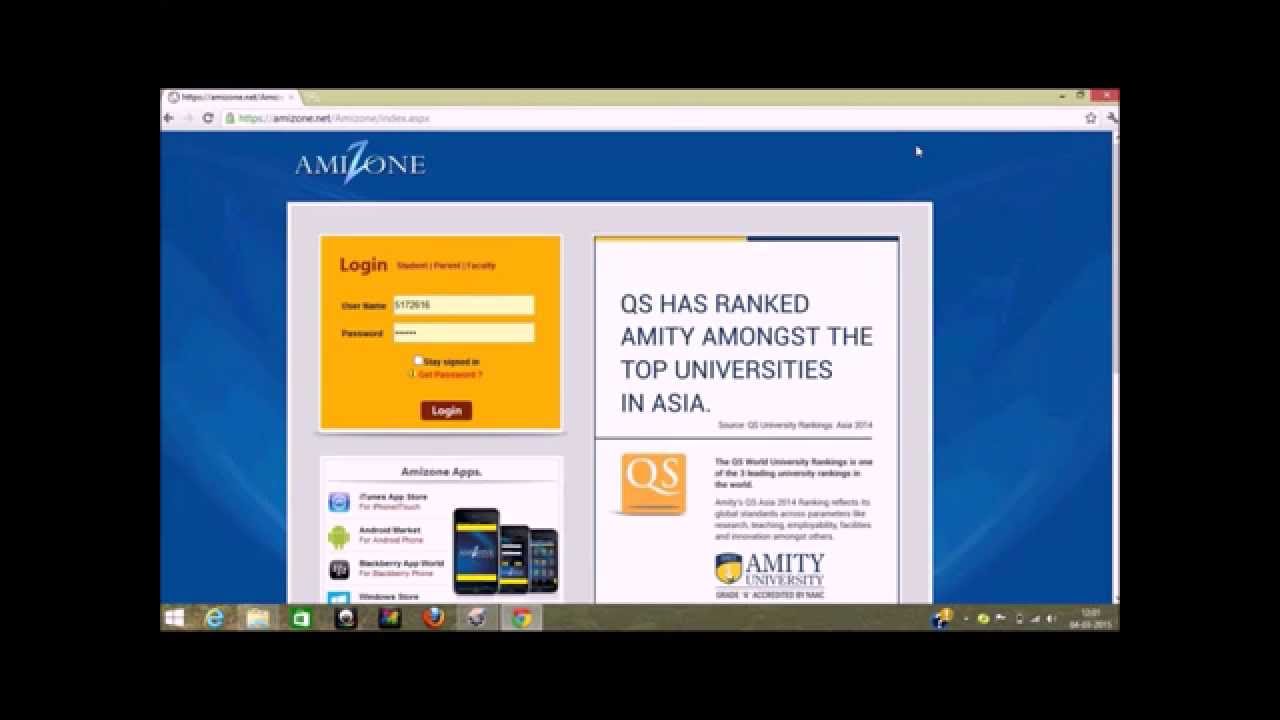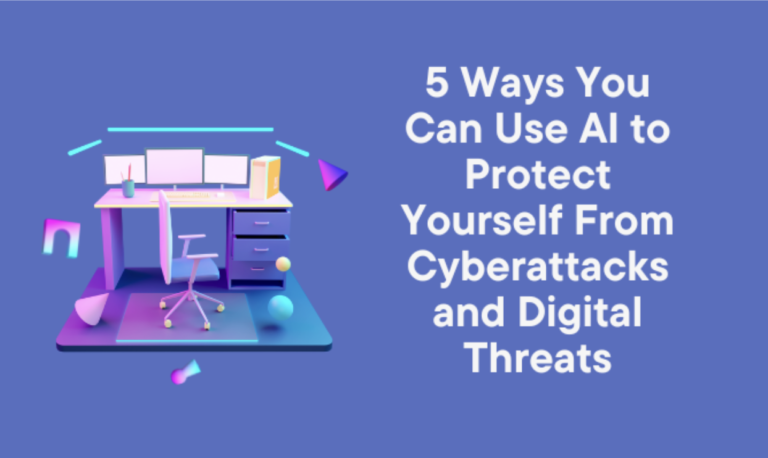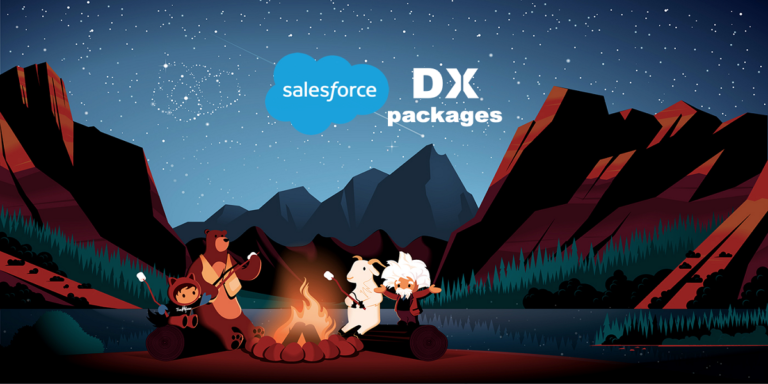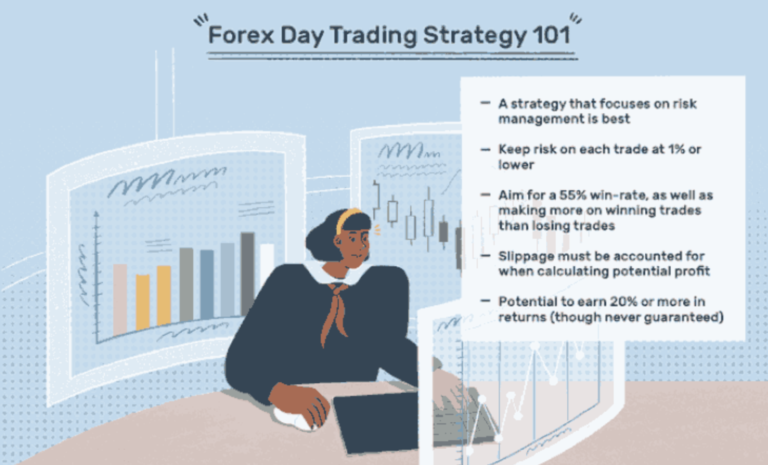Difference between custodian & non-custodial NFT marketplace
Custodial and non-custodial marketplaces are the two main types of platforms for Non-fungible trading Tokens or NFT on the blockchain. Custodial and non-custodial platforms offer different features and benefits. In this article, I will be highlighting the main differences between them, providing key information about these two marketplaces.
What is a crypto wallet?
A crypto wallet is a software program that stores private and public keys and interacts with various blockchains to enable users to send and receive digital currency and monitor their balance. Crypto wallets are also known as digital wallets, e-wallets, or cryptocurrency wallets. The private key is like the PIN number to access your bank account — You need it to make transactions. The public key is your unique address where you can receive cryptocurrency from other people.
What is a custodial NFT marketplace?
When you create your own NFT, you will want to sell it at some point. A custodial NFT marketplace is a platform that allows users to buy and sell digital assets (NFTs) using the blockchain. They act as a trusted third party, holding the assets in escrow until they are safely transferred.
What are the pros of a custodial NFT marketplace?
1. Security and control
In a custodial marketplace, you have full access to your assets. The custodian platform stores your assets and allows you to trade them freely. You can also redeem your tokens in case you want to withdraw them.
2. Liquidity
The pro of a custodial NFT marketplace is that it provides liquidity for your tokens by allowing you to easily sell or buy them on the platform at any time. This gives investors more options to trade their assets, which helps grow the market cap of the project.
3. No need for KYC
Some projects require KYC (know your customer) verification before you can interact with their token on their platform. But if the project is built on Ethereum and uses ERC-721 tokens, then there is no need for KYC verification because these tokens are non-fungible ones that cannot be traced back to an individual’s identity like a fungible one would be able to be traced back to an individual.
What are the Cons of a custodial NFT marketplace?
In a custodial NFT marketplace, you don’t own your digital assets. Instead, they belong to the marketplace. The marketplace can do whatever it wants with your digital assets. It can disable them, freeze them, or even delete them without any notice.
Custodial NFT marketplaces are risky because they are centralized. If you store your digital assets in a single place like an exchange or a wallet, then you will have to rely on that single provider to keep your digital assets safe and accessible.
Examples of Custodial NFT marketplace
If something goes wrong with the custodial NFT marketplace—for example, if the platform gets hacked or shuts down—then all of your assets could be lost forever.
Nifty Gateway
The Nifty Gateway is an open-source NFT marketplace that can be used by anyone to create their own personalized version of it. The project was created by the team behind the non-fungible token exchange Nifty.org, and it is available for download on GitHub.
Binance NFT Marketplace
Binance’s NFT marketplace allows users to buy and sell non-fungible tokens directly on Binance.com or through the Binance mobile app. Users can also use Binance Chain to trade on the platform.
What is a non-custodial NFT marketplace?
A non-custodial NFT marketplace is a platform where you can buy, sell and trade NFTs without giving custody of your crypto assets to the exchange.
What are the pros of a non-custodial NFT marketplace?
Non-custodial NFT marketplaces are not custodians, so your NFT will not be held by a third party. This means that you hold the private key to your wallet and have full control over your funds. It also means that there is no single point of failure for the exchange, as it does not rely on a central service provider or company. By using non-custodial wallet providers like Coinbase Wallet or BitBox, you’re able to transact with others without having to trust them with your private key or funds.
What are the cons of a non-custodial NFT marketplace?
Non-custodial NFT marketplaces may not have as many features as custodian ones. For example, they might not offer trading functionality or support fiat currency conversions. Some non-custodial wallets have limited support for other cryptocurrencies, too (such as Bitcoin). Examples of a non-custodial NFT marketplace:
- AIRNFTs
- SuperRare
- OpenSea
What is the difference?
A custodian is a third-party service that holds your cryptocurrency for you. Custodians are often used by institutional investors and large-scale crypto holders who need to store their assets in a safe and secure environment.
A non-custodial NFT marketplace, on the other hand, allows you to buy and sell digital assets directly from the blockchain. Through these exchanges, users can trade cryptocurrencies without having to deposit their funds into an exchange account.
In addition, non-custodial NFT marketplaces don’t require you to provide personal information or go through KYC/AML procedures. This means that users can trade digital assets anonymously without having to reveal any personal details about themselves or their finances.
Overall, the bottom line is that you should be able to buy and sell your NFTs in any marketplace. The only difference between custodial and non-custodial is who “holds” the tokens for you and what wallet is used.






